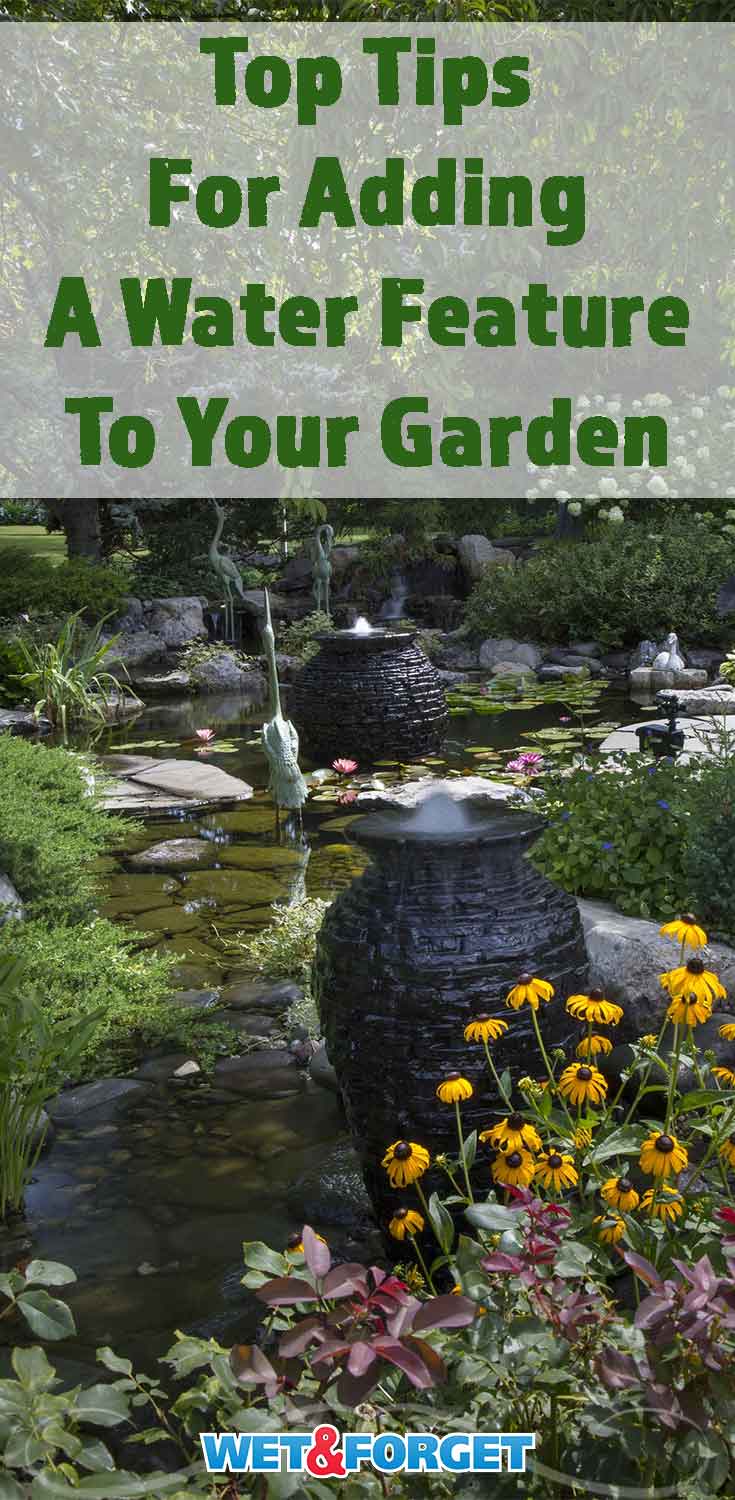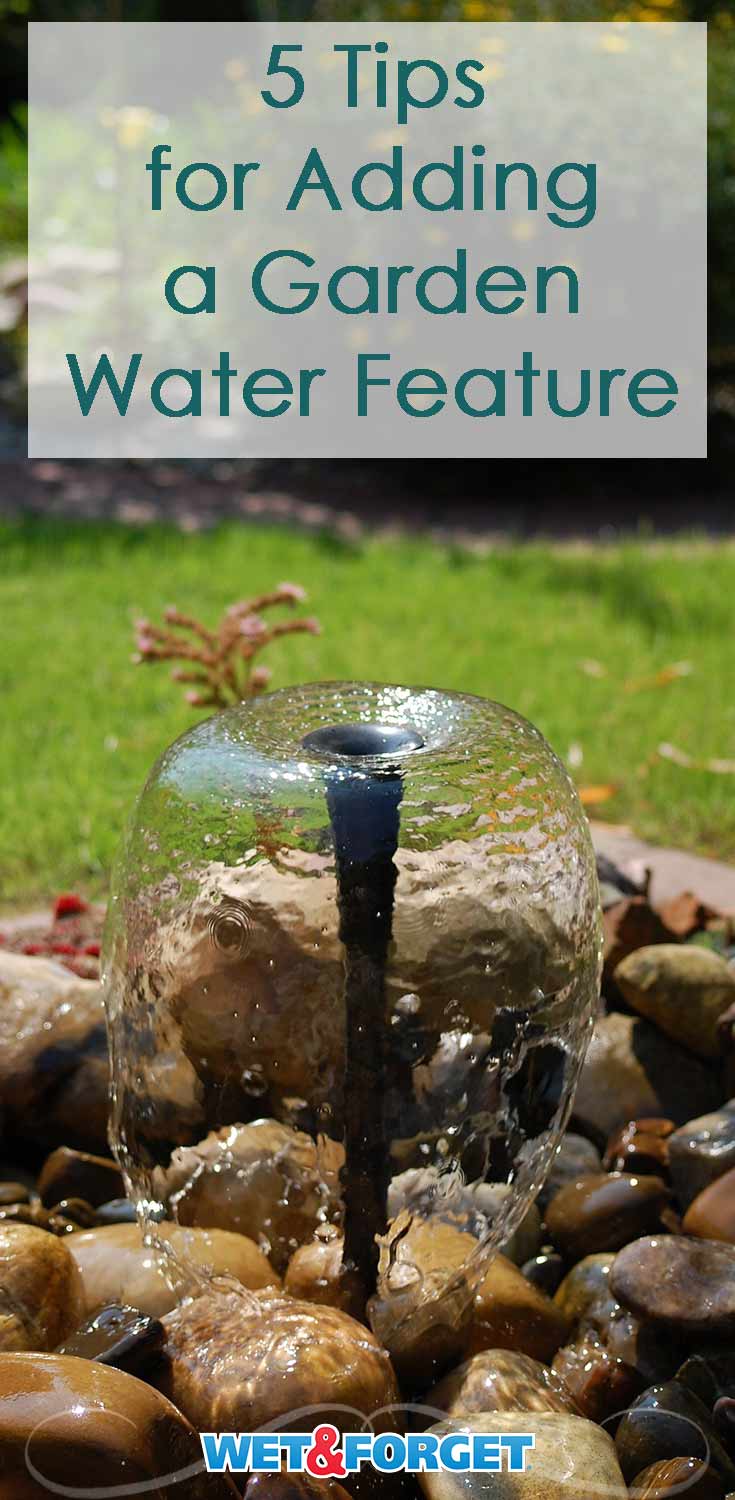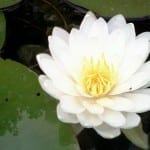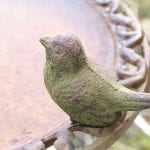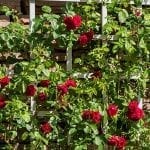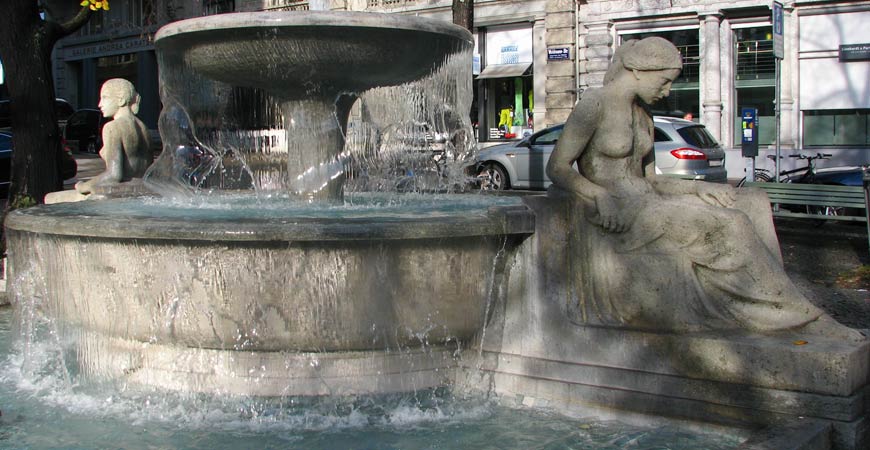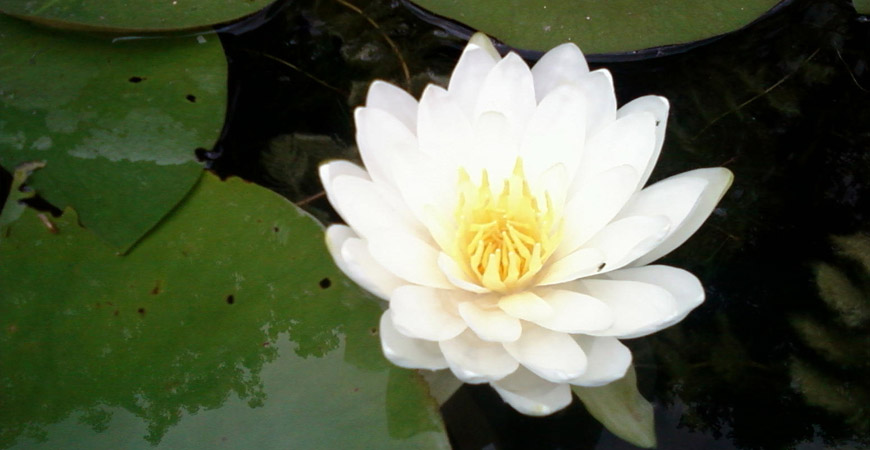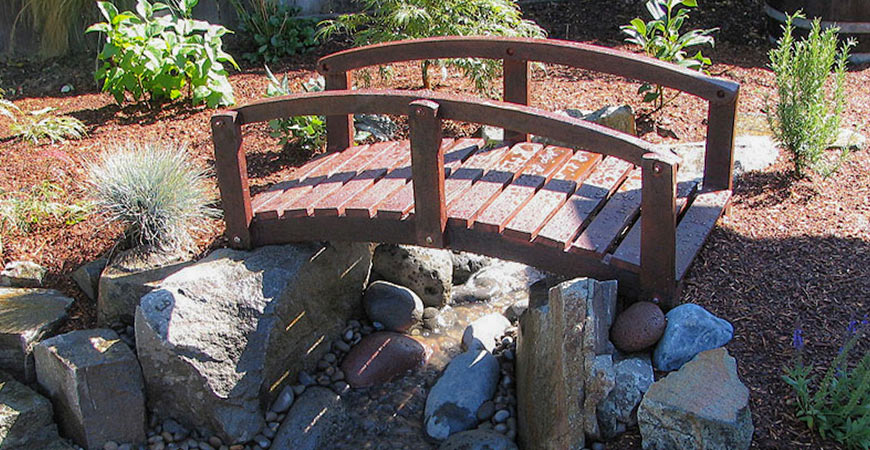
5 Pointers for Adding a Water Feature to Your Garden
There’s just something about moving water–its sight and sound bring beauty and relaxation to almost any environment. Adding a fountain or other water feature to your garden will give your outdoor space a gorgeous finishing touch that you can enjoy during backyard get-togethers or while dozing off in the hammock to the tune of the water’s musical sparkle.
Home water features come in as many varieties as home gardens–the important thing is to find the one that is right for you and your family. Here are 5 things to think about when it comes to adding a water feature.
Pre-made or DIY
If you have extra time and an artistic streak, you can design your own water feature. As long as you have a suitable material, the right space and a pump, you can start planning.
Be sure to do your research first: Look at examples of home water features and make sure to hire a professional if any new wiring is necessary. Talk to friends and neighbors who have water features, and know your own strengths–if you’re just not that handy, maybe the DIY route isn’t your best bet.
Home improvement stores also sell a wide-variety of ready-made water features that take a lot of the guesswork out of the process. Pre-made fountains come in just about any style and price range.
Price Range
Garden fountains come in a price range that includes any family’s budget. For example, wayfair.com has outdoor fountains priced as low as $24.99 and as high as $18,499.99.
If your budget is generous, a fountain design company can custom-design and build a water feature to your specifications.
Climate
You can make garden fountains from many different materials, including acrylic resin to fiberglass, stone, concrete, copper or even bamboo. When choosing a fountain, consider the climate where you live and ask about the material’s durability.
If you live where hard freezes are common, for example, you will need to bring your fountain inside for the winter months if it is made of a material that will crack when it freezes, such as ceramic. Even if your fountain can stay outdoors during freezing weather, be sure to drain all the water from the fountain and bring the pump inside before the risk of a freeze.
Pump
You will need to buy a pump for your fountain to avoid standing water and the problems that come with it, such as bad smells and mosquitoes. Don’t worry; there are almost as many pumps to choose from as there are fountains.
When you’re choosing a pump, look for one that has the right pumping capacity for the size of fountain you have. Consider a solar pump: there are many available, you don’t have to worry about where to plug them in, and they won’t raise your electric bill.
To keep your pump working properly, check your fountain at least once a week to make sure it is filled to the proper water level. Add water with your garden hose if the fountain starts to get low. If the water level becomes too low, the pump can overheat.
Keeping it Clean
Anywhere there is an abundance of water is an inviting place for moss, algae, mold or mildew. Fountains are prone to algae growth inside the water receptacle, and mist from the fountain can allow algae or moss to grow on nearby walkways and create an eyesore or a dangerous slippery surface.
Use Wet & Forget to clean in and around your fountain to keep it beautiful and algae-free without all the scrubbing you would need to do with other cleaning products.
Photo by MDVaden


